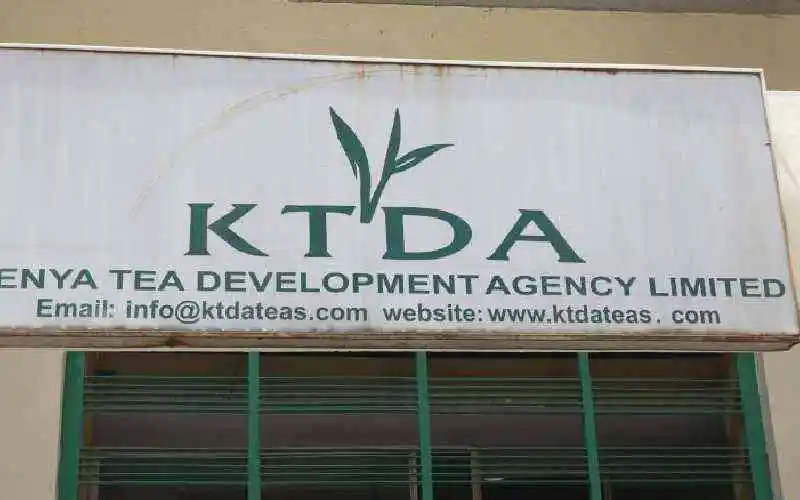The Kenya Tea Development Agency (KTDA) has resumed the construction of a Ksh 1.4 billion mini hydropower project, a move aimed at providing affordable electricity to tea factories in Kericho and Bomet counties.
The project, which had stalled despite farmers contributing over Ksh 1 billion, will now proceed after financial hurdles were cleared. It is designed to generate power for factories including Momul, Litein, Tegat, and Kapkatet, significantly lowering production costs for farmers.
Speaking during a visit to the construction site, Agriculture Principal Secretary Paul Ronoh said the ministry is committed to revitalizing the tea sector, with energy costs being one of the biggest challenges faced by tea farmers. “Affordable power will enhance profitability and sustainability for farmers. We expect the project to be completed and commissioned by June 2026,” Ronoh said.
Beyond the current works, KTDA plans to launch another power project along the Kipsonoi River in Bomet County within the next three months. This facility will benefit Kapkoros, Rorok, Tirgaga, Mogogosiek, Kapset, and Boito tea factories. A subsequent phase will focus on Tebesonik, Chelal, and Toror factories through another project along the Chemosit River.
The entire program will be carried out in four phases across the two rivers, creating a long-term energy solution for the tea-growing region.
VS Hydro Managing Director Probodha Sumanasekera and Setet Hydro Power Project Chairman Evans Bii assured stakeholders that all previous financial obstacles have been resolved. “We are now on track, and the project will be delivered within the timelines,” they said in a joint statement.
The resumption comes as a relief to farmers who had expressed frustration over delays, fearing their contributions had gone to waste. With the construction now back on track, hopes are high that the project will ease the burden of high power bills and improve returns for thousands of smallholder tea farmers.
If successful, the initiative will mark a major step in reducing reliance on costly national grid electricity, boosting competitiveness in the global tea market while securing the livelihoods of farmers in Kenya’s tea belt.

